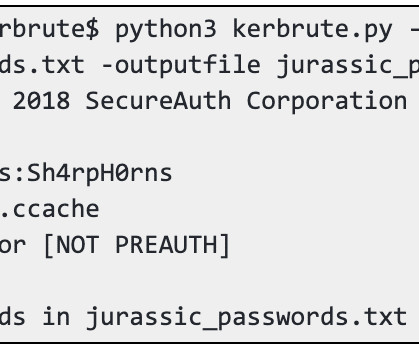OpenVAS 8.0 Vulnerability Scanning
Kali Linux
APRIL 26, 2015
Vulnerability scanning is a crucial phase of a penetration test and having an updated vulnerability scanner in your security toolkit can often make a real difference by helping you discover overlooked vulnerable items. User created with password '6062d074-0a4c-4de1-a26a-5f9f055b7c88'. tool and libraries for Kali Linux.













Let's personalize your content